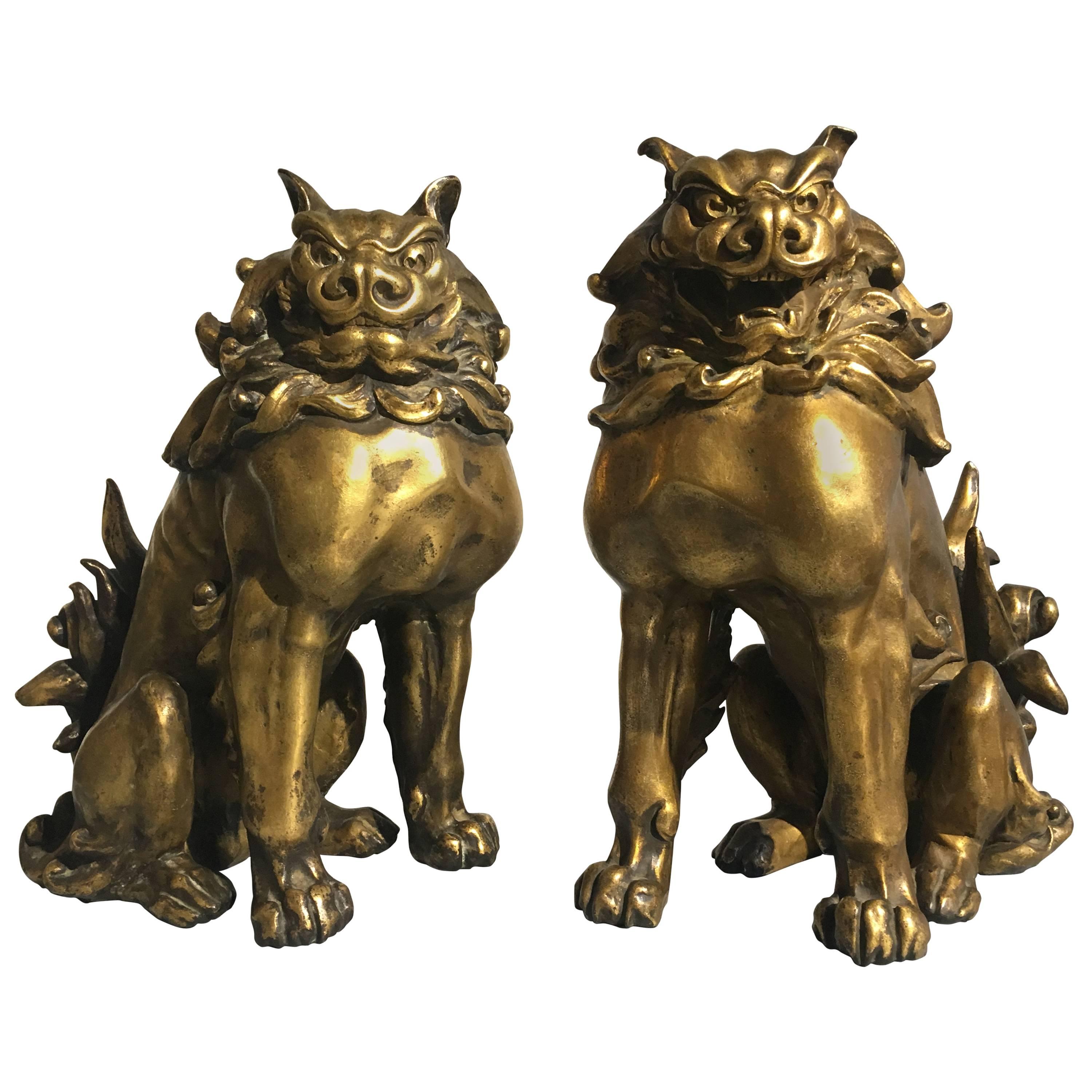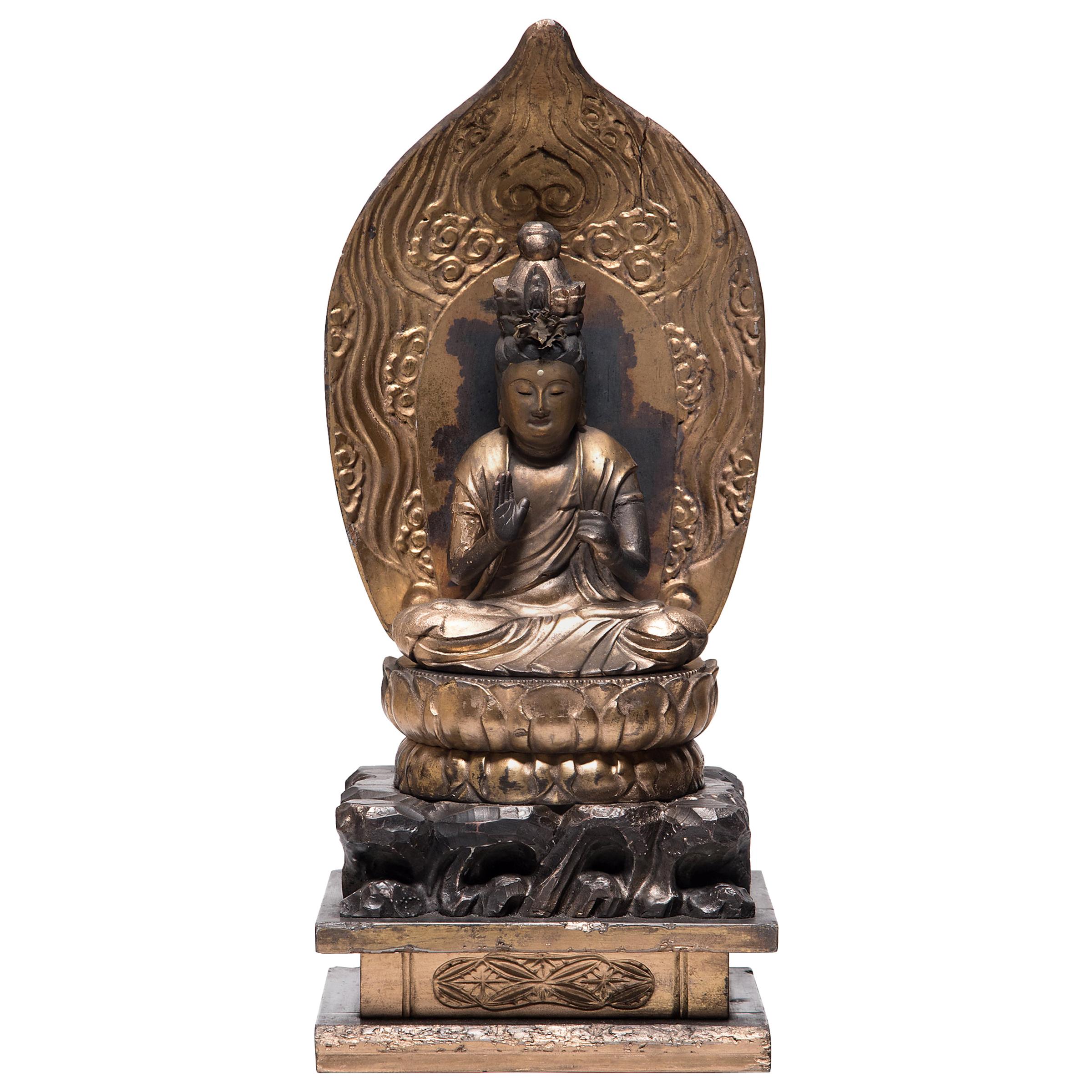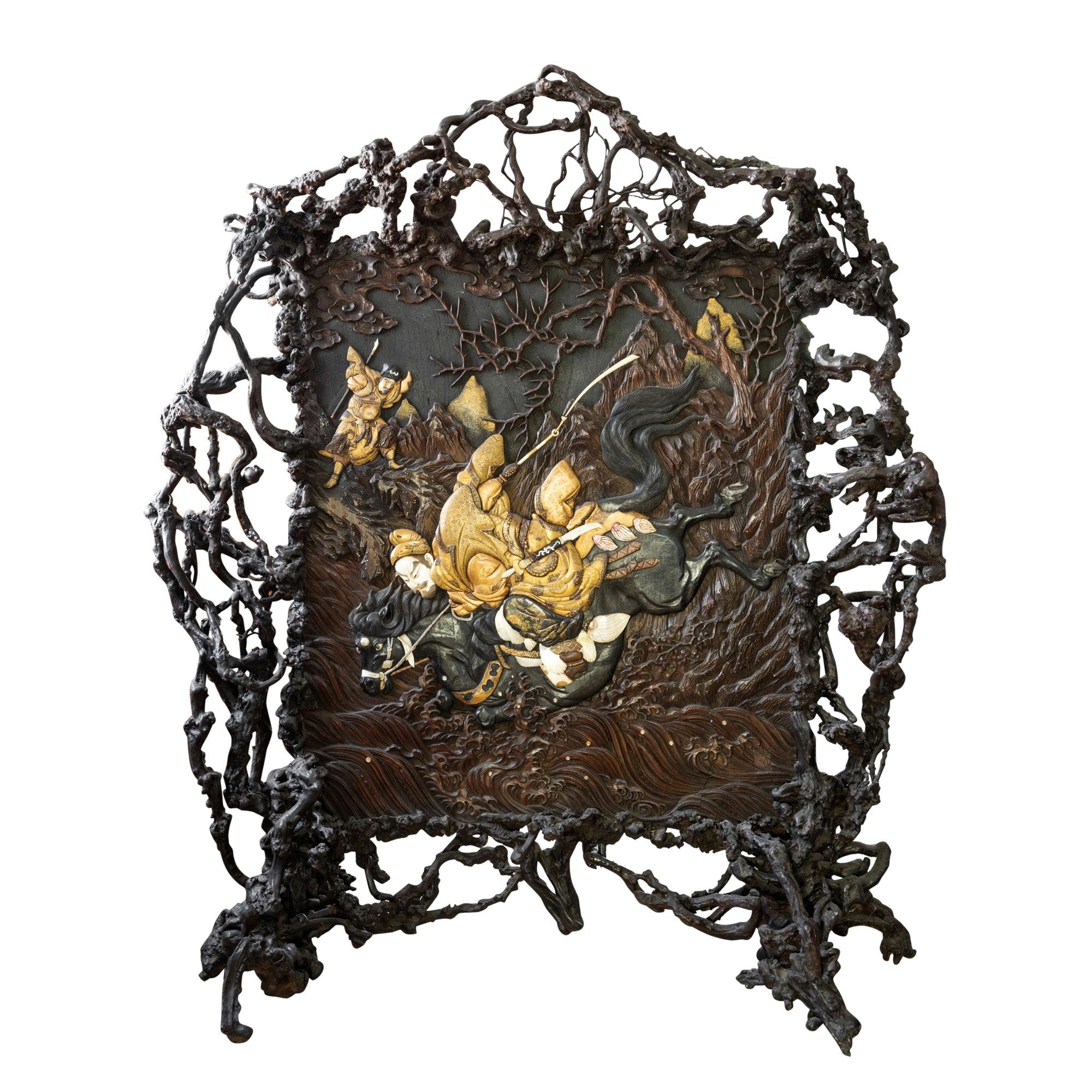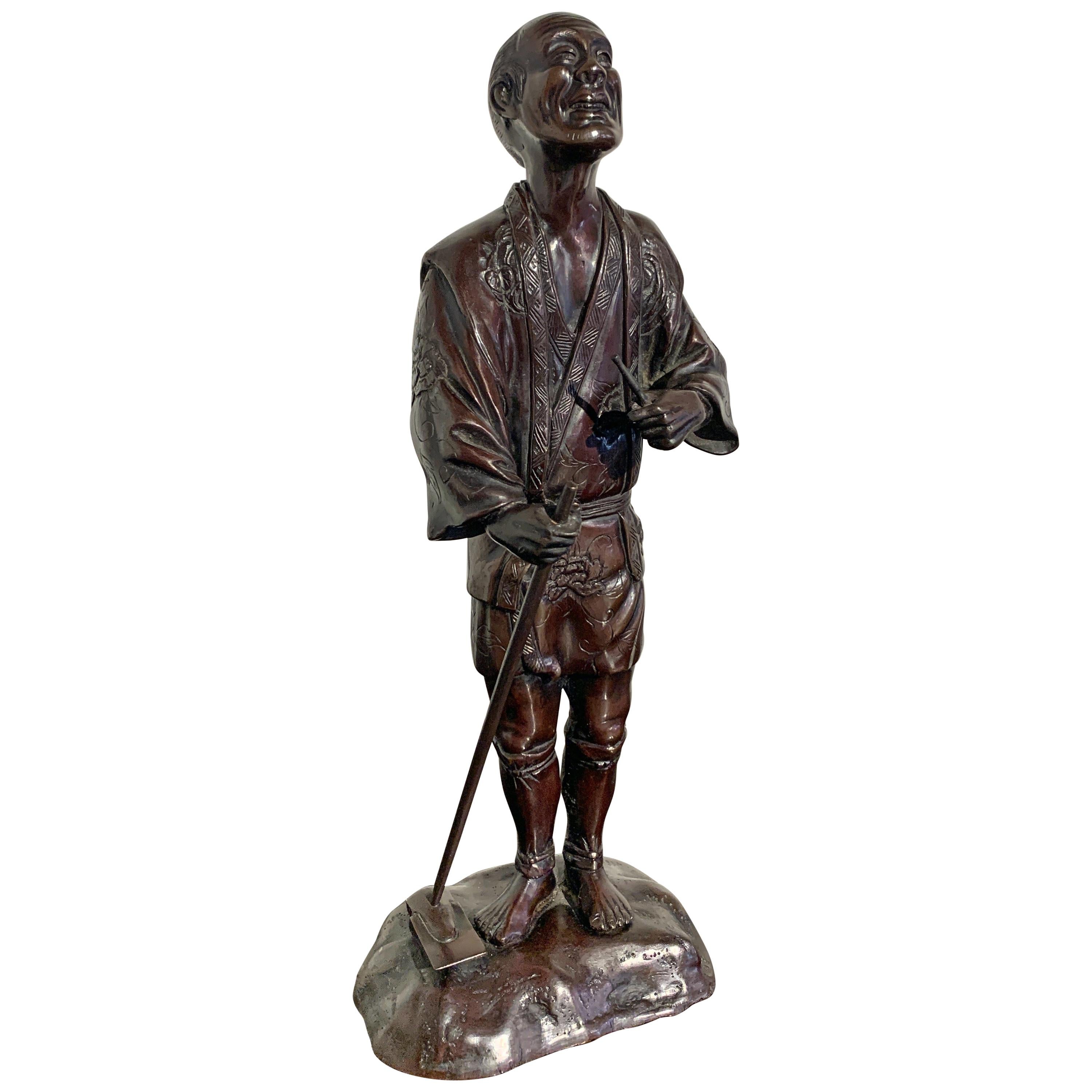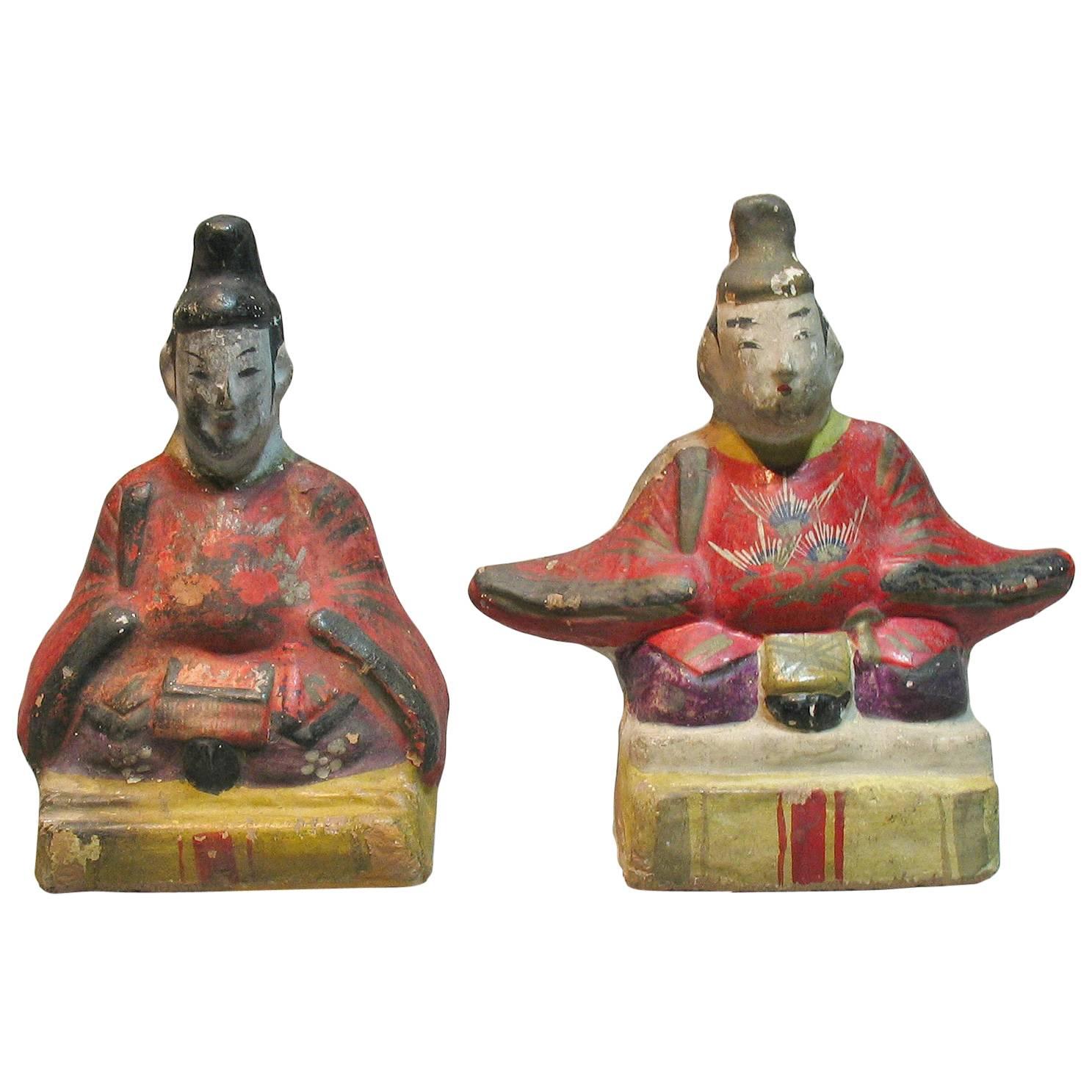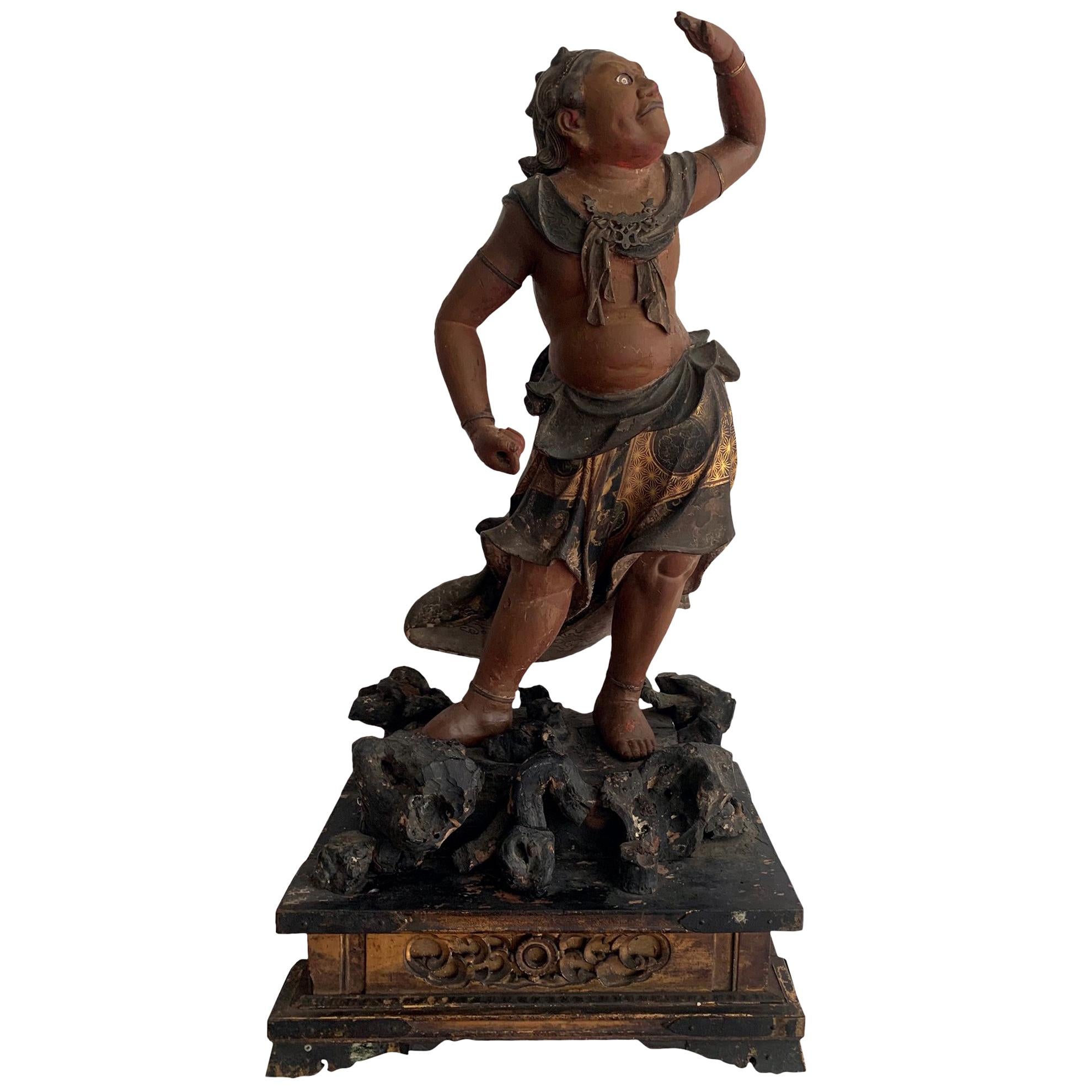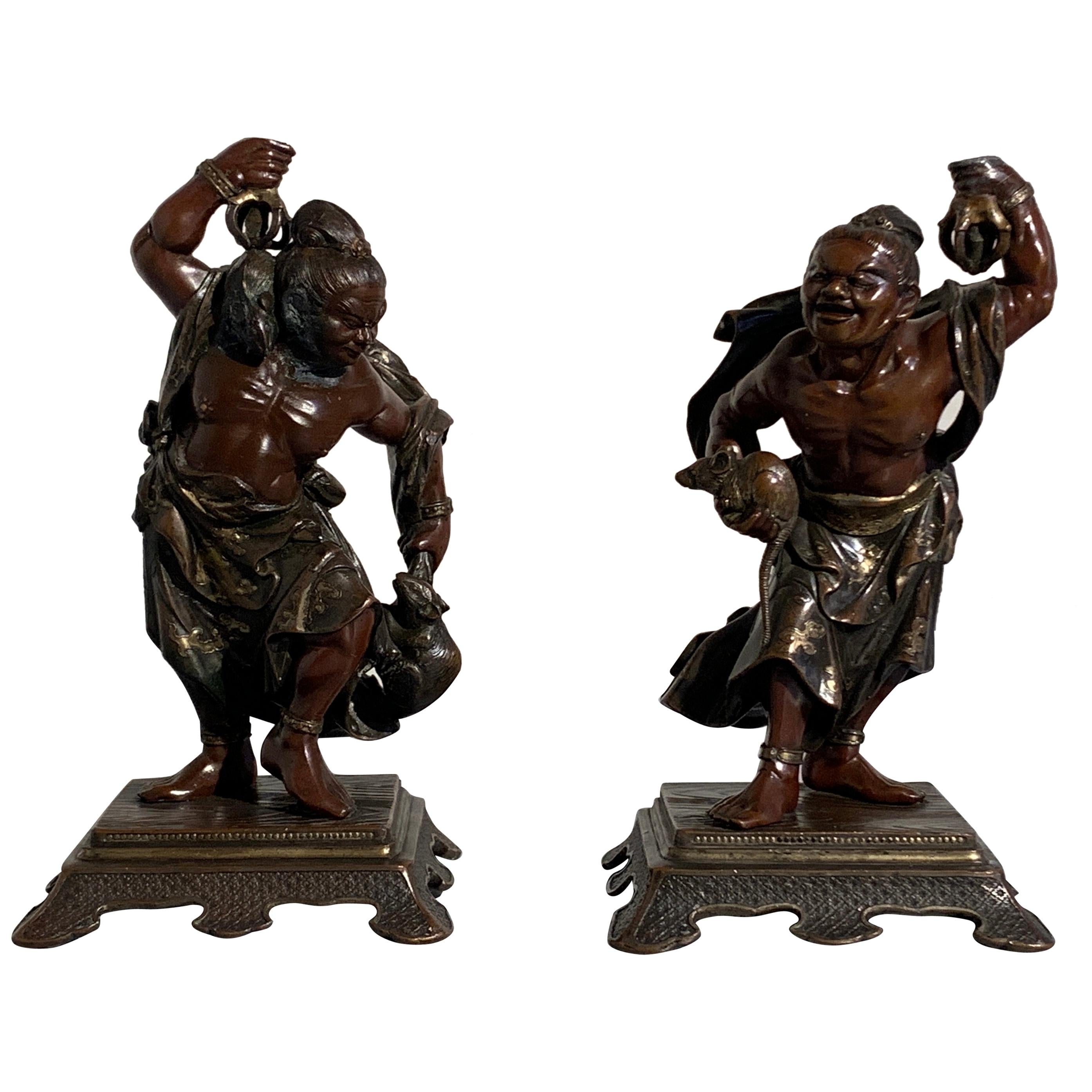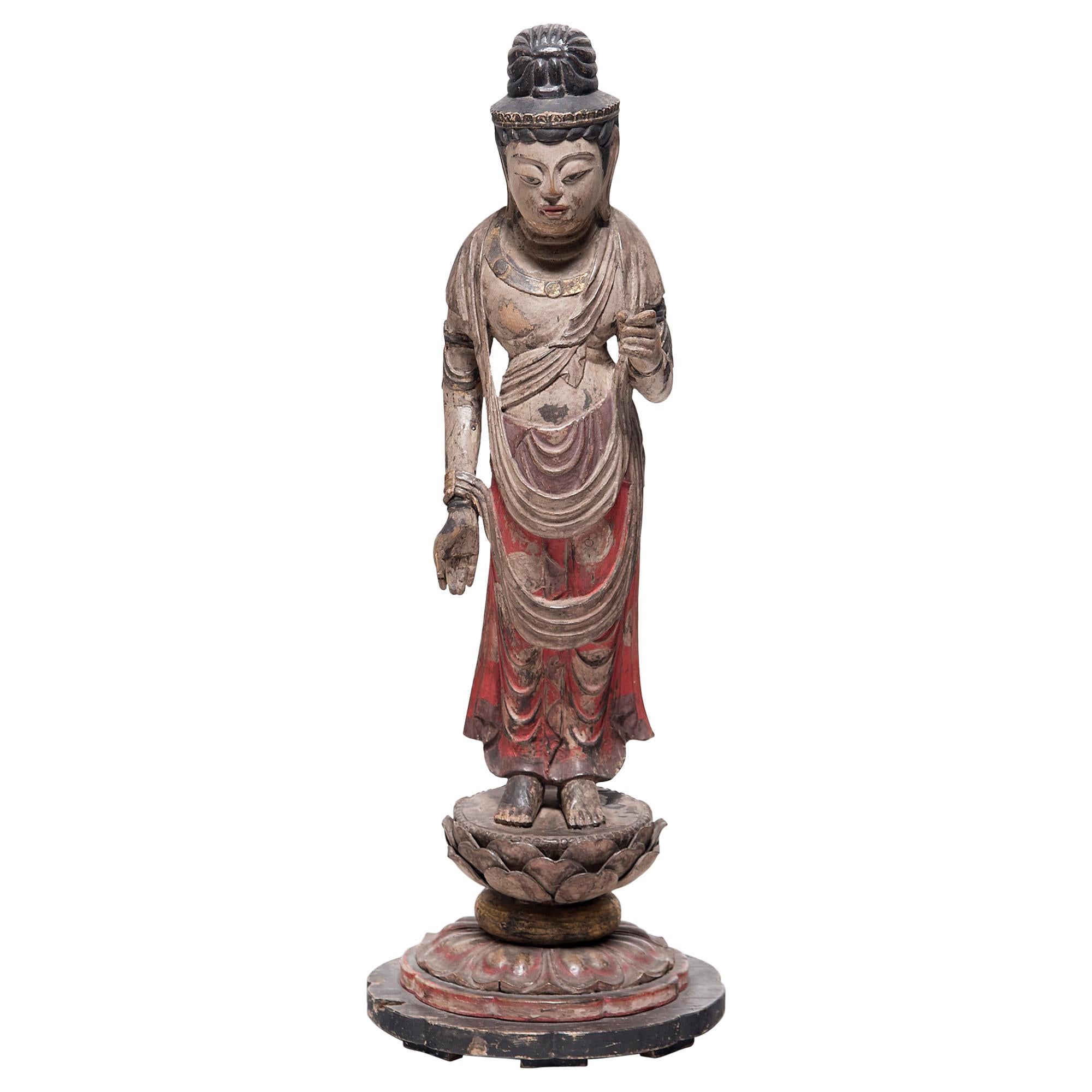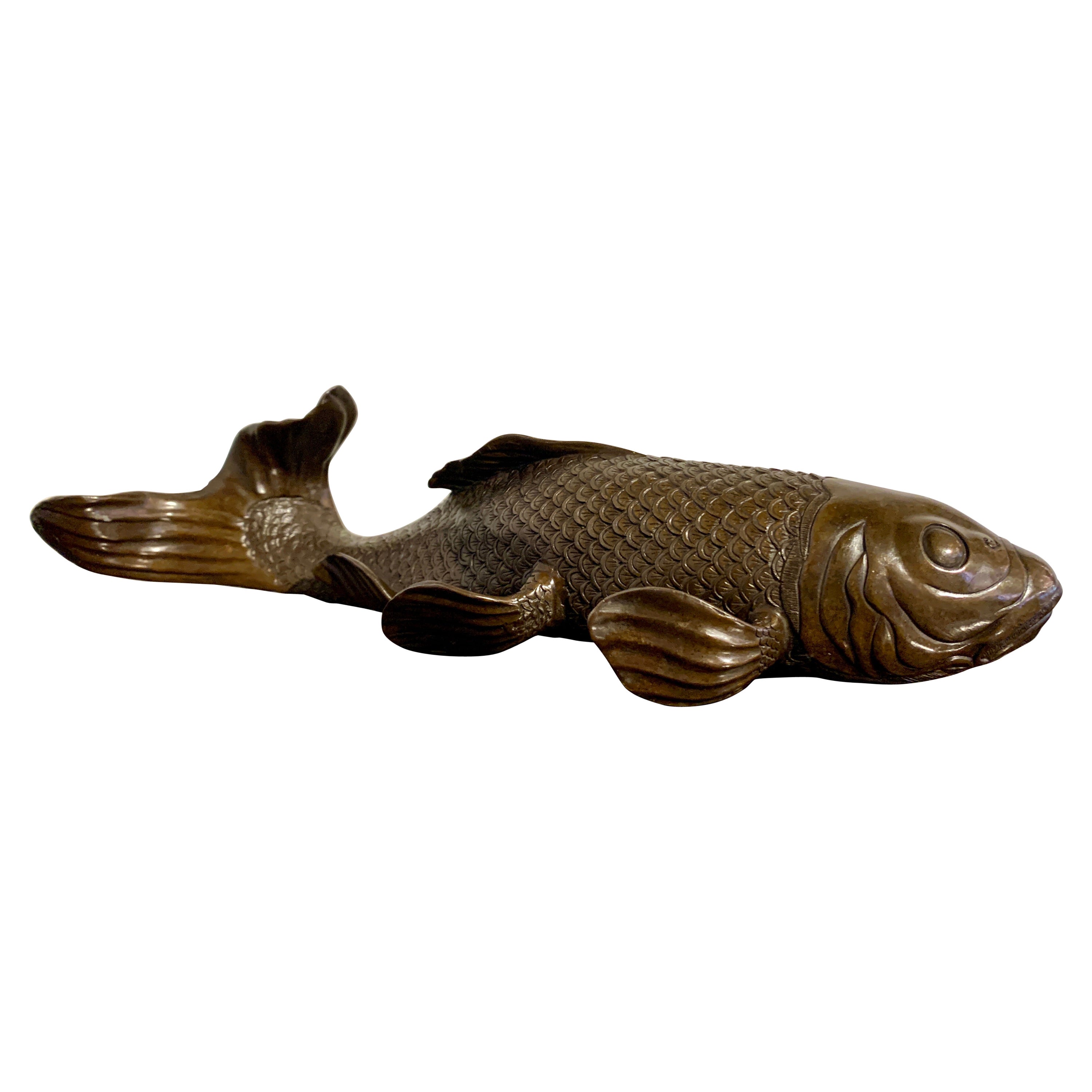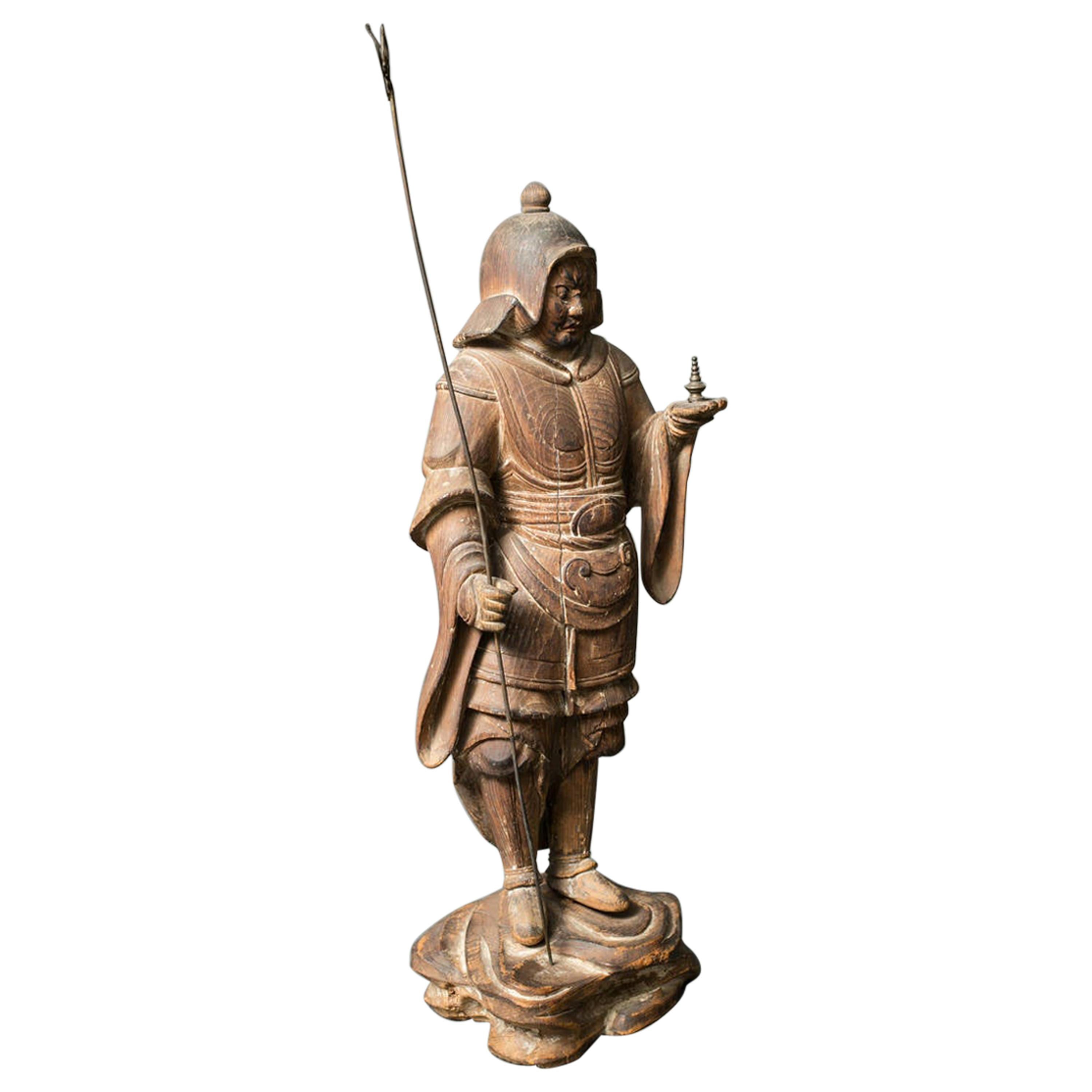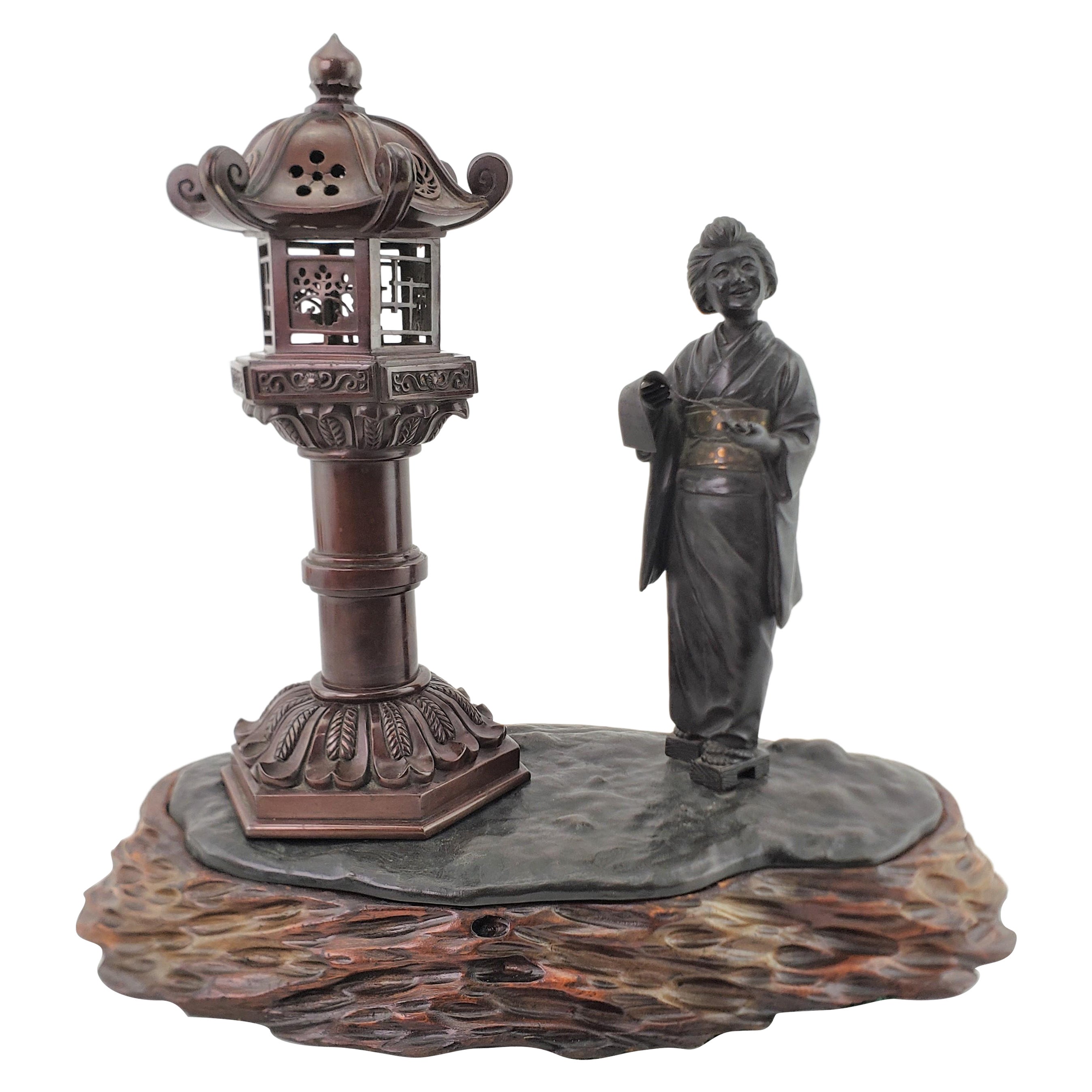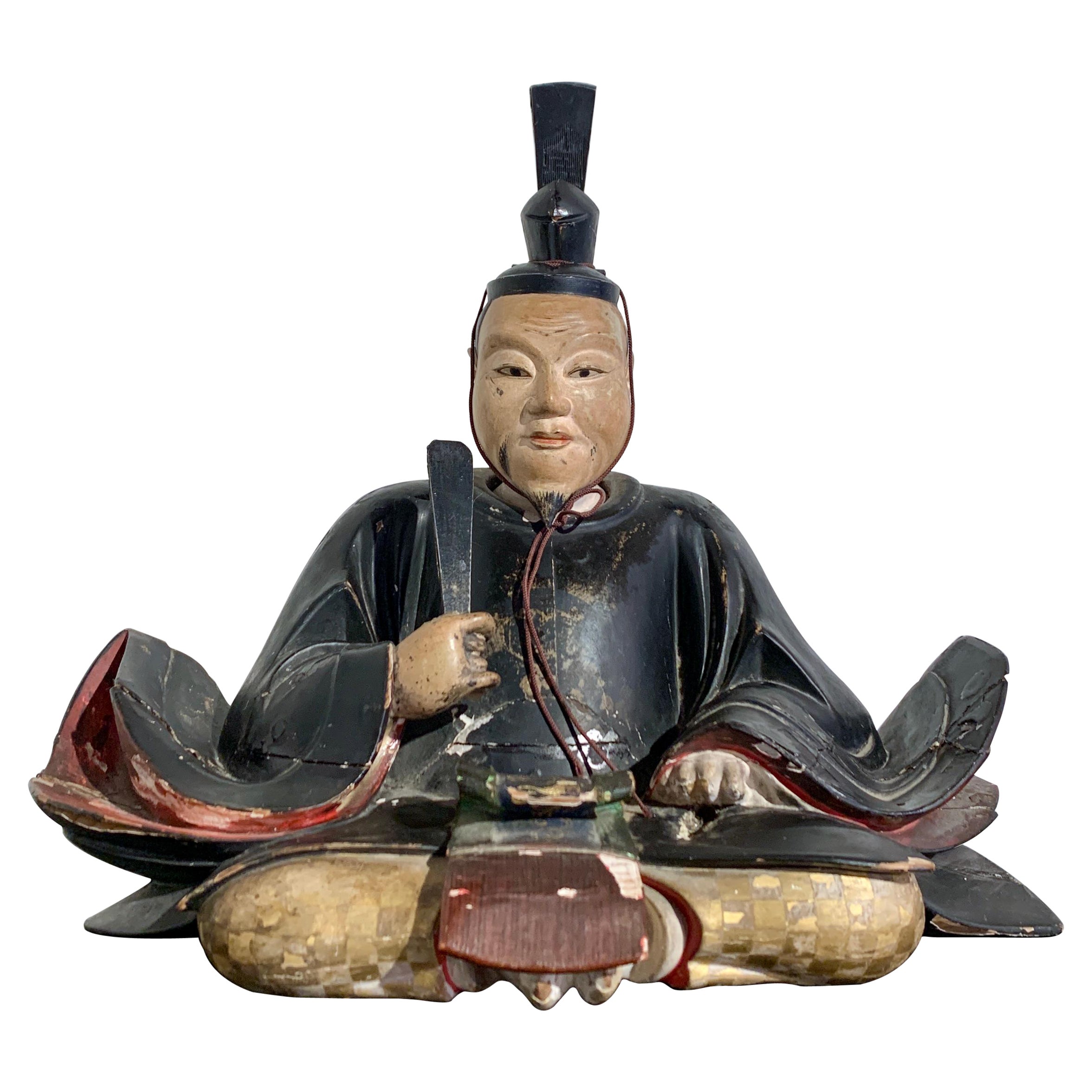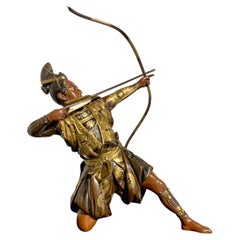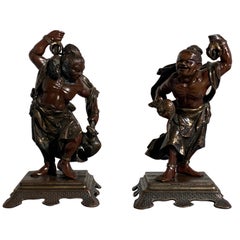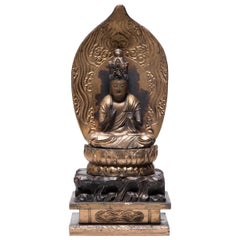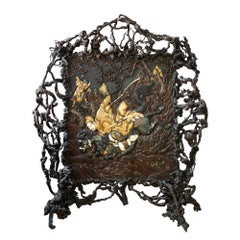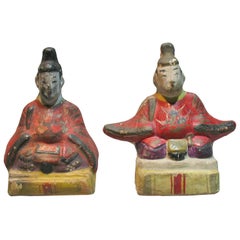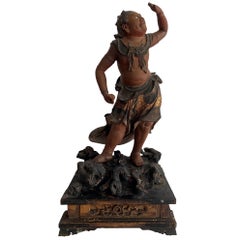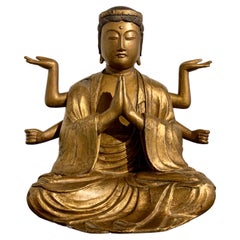
Japanese Gilt Wood Fukukenjaku Kannon, Meiji Period or Earlier, Japan
View Similar Items
Want more images or videos?
Request additional images or videos from the seller
1 of 16
Japanese Gilt Wood Fukukenjaku Kannon, Meiji Period or Earlier, Japan
About the Item
- Dimensions:Height: 10.5 in (26.67 cm)Width: 11 in (27.94 cm)Depth: 7 in (17.78 cm)
- Style:Meiji (Of the Period)
- Materials and Techniques:
- Place of Origin:
- Period:1900-1909
- Date of Manufacture:1900 or Earlier
- Condition:Repaired: Possible repairs to the arms. The figure re-gilt. Refinished. Wear consistent with age and use. Minor losses. Minor structural damages. Minor fading. The figure has been re-gilt at some point. The arms possibly repaired. Missing the attributes. Missing the crown. Scattered cracks and losses to the gilt lacquer. One large loss to the lacquer at the shoulder. See photos.
- Seller Location:Austin, TX
- Reference Number:1stDibs: LU894731115002
About the Seller
5.0
Gold Seller
Premium sellers maintaining a 4.3+ rating and 24-hour response times
Established in 2001
1stDibs seller since 2010
342 sales on 1stDibs
Typical response time: 1 hour
Authenticity Guarantee
In the unlikely event there’s an issue with an item’s authenticity, contact us within 1 year for a full refund. DetailsMoney-Back Guarantee
If your item is not as described, is damaged in transit, or does not arrive, contact us within 7 days for a full refund. Details24-Hour Cancellation
You have a 24-hour grace period in which to reconsider your purchase, with no questions asked.Vetted Professional Sellers
Our world-class sellers must adhere to strict standards for service and quality, maintaining the integrity of our listings.Price-Match Guarantee
If you find that a seller listed the same item for a lower price elsewhere, we’ll match it.Trusted Global Delivery
Our best-in-class carrier network provides specialized shipping options worldwide, including custom delivery.More From This Seller
View AllPair of Japanese Gilt Bronze Komainu by Ishikawa Komei, Meiji Period
Located in Austin, TX
A striking pair of Japanese gilt bronze komainu by the renowned Japanese sculptor, Ishikawa Komei (1852-1913), Meiji period, Japan.
The pair well cast, and robustly modeled. They ar...
Category
Antique Late 19th Century Japanese Meiji Sculptures and Carvings
Materials
Bronze
Japanese Tokyo School Bronze Okimono of a Farmer, Meiji Period
Located in Austin, TX
A very fine and detailed Tokyo School cast bronze okimono (decorative sculpture) of a smiling farmer, Meiji period, late 19th century, Japan.
The e...
Category
Antique Late 19th Century Japanese Meiji Sculptures and Carvings
Materials
Bronze
Japanese Miyao Style Gilt Bronze Samurai Archer, Meiji Period, Japan
By Eisuke Miyao 1
Located in Austin, TX
A spectacular Japanese cast, carved, and parcel gilt bronze sculpture, okimono, of a kneeling samurai archer, signed Kiyotsugu (died 1894), Meiji ...
Category
Antique Late 19th Century Japanese Meiji Sculptures and Carvings
Materials
Bronze
Pair of Japanese Cast Bronze Figures of Niō, Meiji Period, Late 19th Century
Located in Austin, TX
A well cast pair of Japanese mixed metal okimono figures of Buddhist guardians, known as Nio or Dharmapala, protectors of Buddhist faith, Meiji Period, Japan.
The smiling bronze g...
Category
Antique Late 19th Century Japanese Meiji Sculptures and Carvings
Materials
Bronze
Japanese Lacquered Wood Sho Kannon, Momoyama/Edo Period, 17th Century, Japan
Located in Austin, TX
A tall and impressive Japanese carved and black lacquered figure of Sho Kannon Bosatsu, Momoyama or Edo Period, mid 17th century, on a later mid 19th century carved, painted, and gilt wood lotus...
Category
Antique Mid-17th Century Japanese Edo Sculptures and Carvings
Materials
Metal
Japanese Bronze Okimono of a Carp, Taisho Period, Early 20th Century, Japan
Located in Austin, TX
An elegant Japanese cast bronze okimono of a swimming carp, Taisho Period (1912 - 1926), early 20th century, Japan.
The graceful fish portrayed realistically in motion, as if swimmi...
Category
Vintage 1920s Japanese Taisho Sculptures and Carvings
Materials
Bronze
You May Also Like
Japanese Gilt Seated Kannon Figure, circa 1850
Located in Chicago, IL
Intricately carved and finished with gilt black lacquer, this seated figure depicts the bodhisattva Guanyin, known in Japanese Buddhism as Kannon. Described as the "Buddha of Infinite Compassion," Kannon is the embodiment of mercy and makes himself available to all who call upon him with all their mind.
Kannon is depicted here seated in diamond position upon a double lotus plinth, set above a stepped base. He is dressed in gracefully draped robes and wears a tall crown bearing a minuscule figure of Amida, the Buddha of Infinite Light. He has a serene expression of calm and holds his right hand in the abhaya mudra, a gesture of comfort, blessing, and protection. Backed by a magnificent leaf-form nimbus, this Kannon figure...
Category
Antique Mid-19th Century Japanese Edo Sculptures and Carvings
Materials
Wood, Lacquer
Japanese Lacquer, Bone and "Root" Wood Screen Meiji Period
Located in West Palm Beach, FL
A Japanese lacquer, bone and "Root" wood screen
Meiji period, late 19th century
of rectangular form, inlaid and applied in relief with finely carved bone with large leafy peony spr...
Category
Antique 19th Century Abstract Sculptures
Materials
Lacquer
Two Rare Japanese Izumo Clay Dolls of Emperor and Tenjin, Meiji Period
Located in Ottawa, Ontario
Two rare Japanese Izumo clay dolls of Emperor and Tenjin, Nara Prefecture, Meiji period. Material and simple execution impart a flavor of antiquity and great decorative power. Empero...
Category
Antique Late 19th Century Japanese Meiji Sculptures and Carvings
Materials
Clay
Japanese Lacquered and Gilt Wood Buddhism Statue from Edo Period
Located in Atlanta, GA
An exceptional and wood statue of Buddhism Guardian Seitaka Doji from Japan circa Edo period (1603-1868), likely the earlier part of 17th century. One of two chief attendants of Fudou Myouou (the other being Kongara Doji), the name of Seitaka Doji is a transliteration of Sanskrit "Cetaka", meaning servant, slave, and he is said to personify expedient action. He is most commonly found on the right side of Fudou, together with Kongara Doji on the left, forming the Immovable triad, Fudou Sanzon, the terror of evil doers. Seitaka largely adheres to the iconography of a wrathful youth with fleshy body and face, skin in the color of a red lotus, has his hair tied in five knots, and holds a vajra in his left hand and a vajra-club in his right hand, but the actual artistic representations of him in Japan do...
Category
Antique 17th Century Japanese Japonisme Sculptures and Carvings
Materials
Metal
Japanese Polychrome Standing Shō Kannon Figure, circa 1900
Located in Chicago, IL
This late 19th century standing figure depicts the sacred form of the bodhisattva Guanyin, known in Japanese Buddhism as Sho Kannon, or Guze Kannon. ...
Category
Antique Late 19th Century Japanese Edo Sculptures and Carvings
Materials
Wood
Early Japanese Hinoki Wood Sculpture of Bishamon
Located in Hudson, NY
Early Japanese Hinoki wood sculpture of Bishamon. Kamakura period (1185 - 1333) sculpture made from hinoki wood. Bishamon is also known as Tamonten, meanin...
Category
Antique 15th Century and Earlier Japanese Sculptures and Carvings
Materials
Wood
